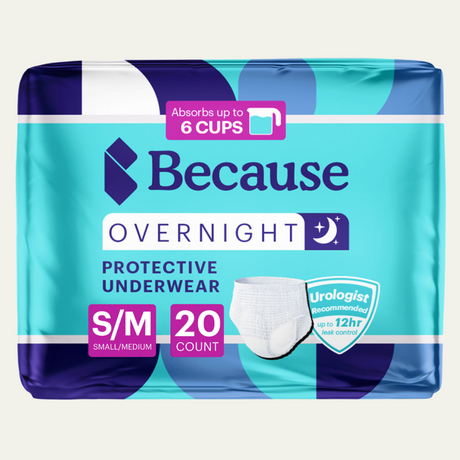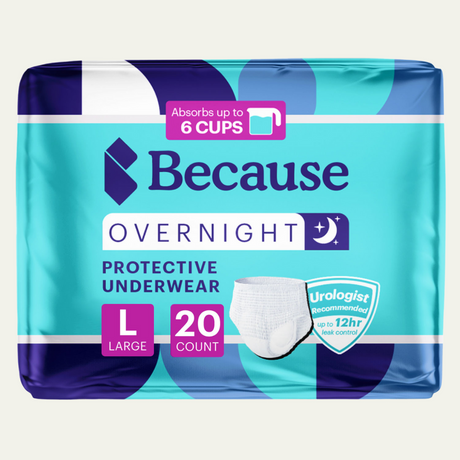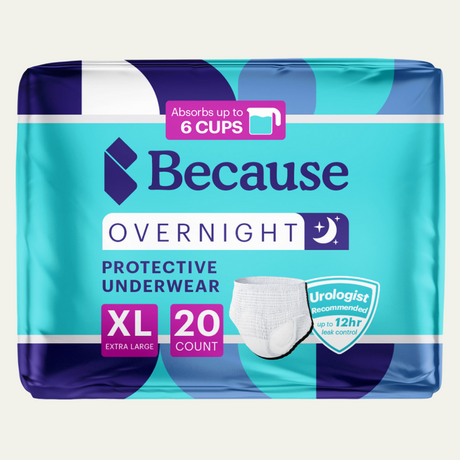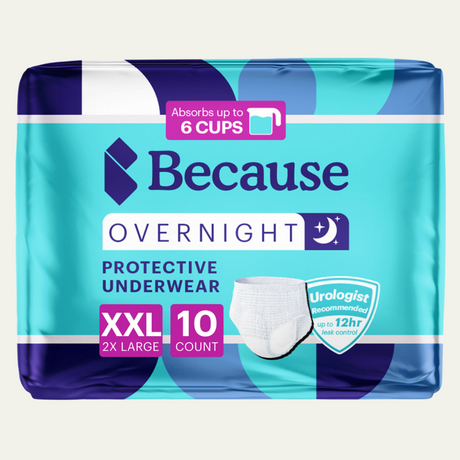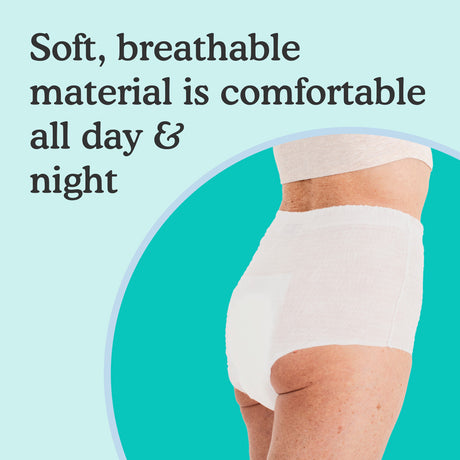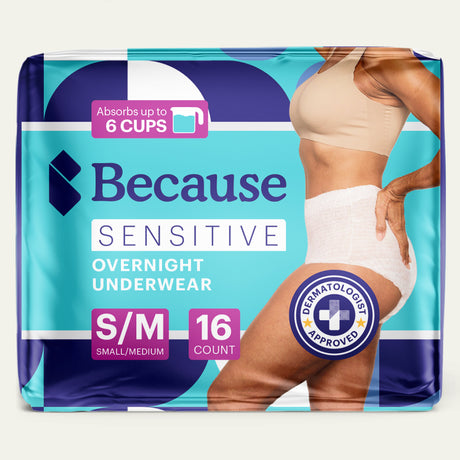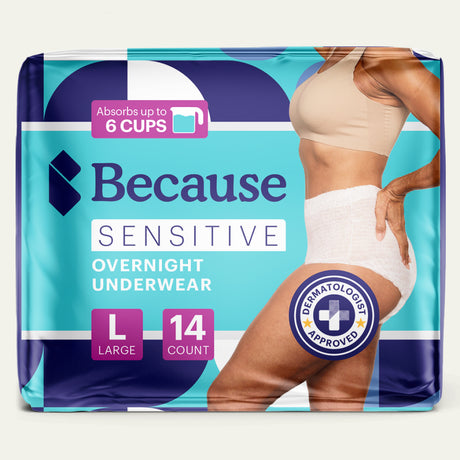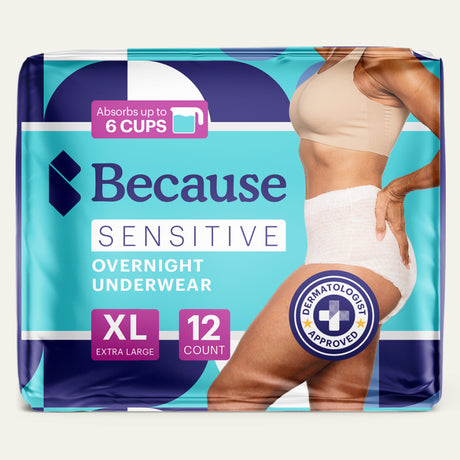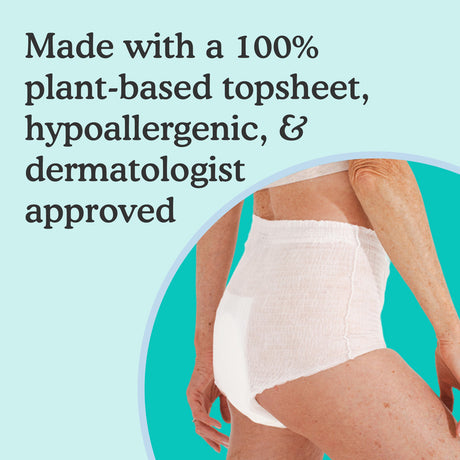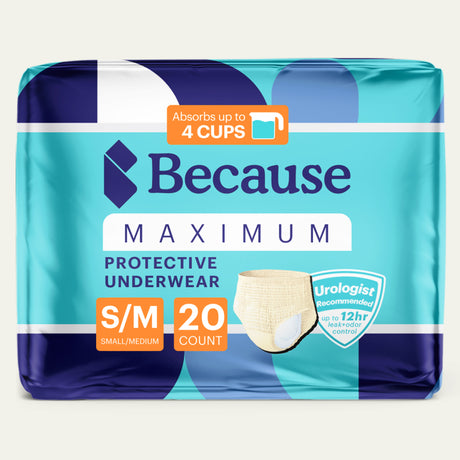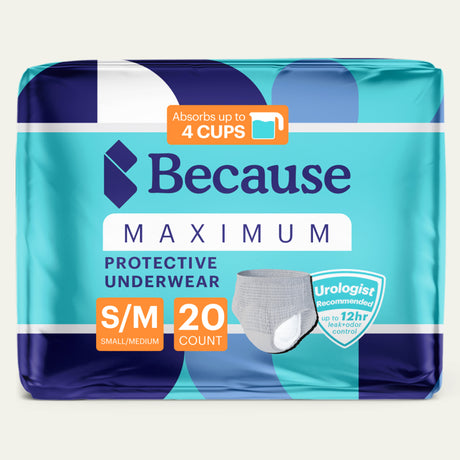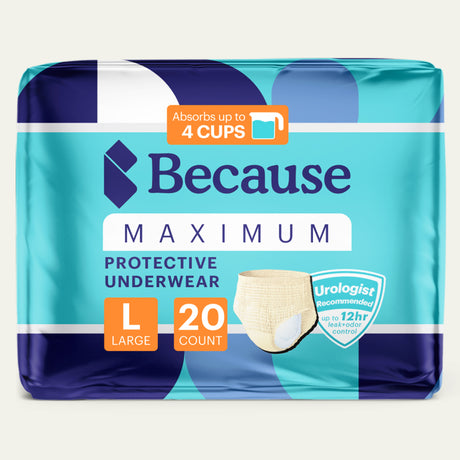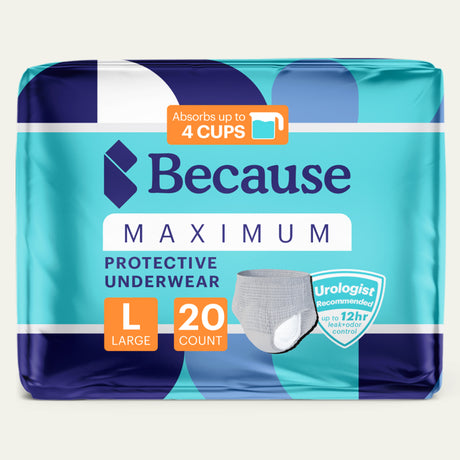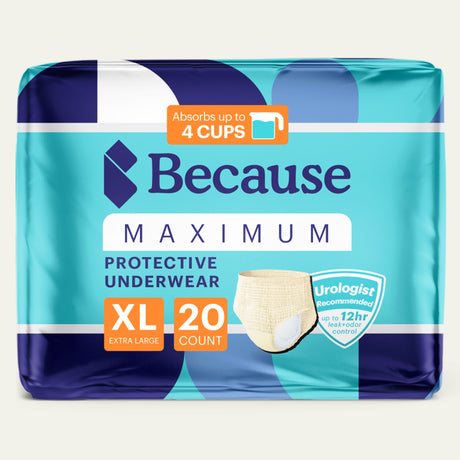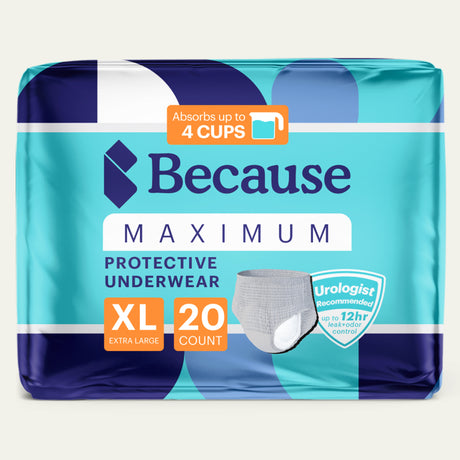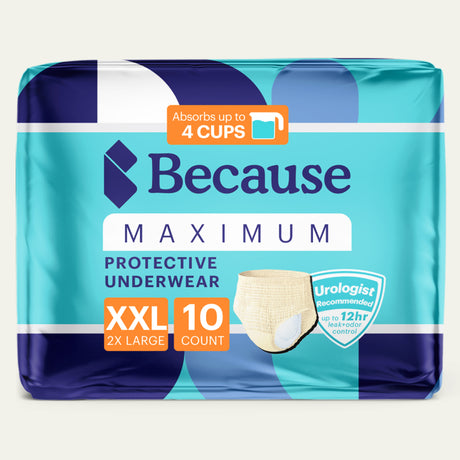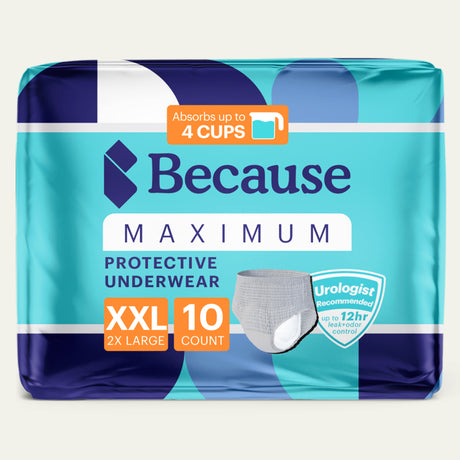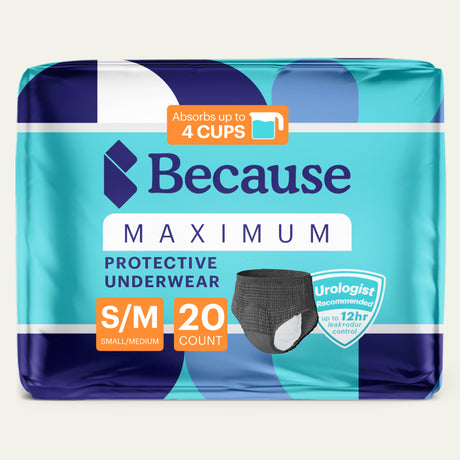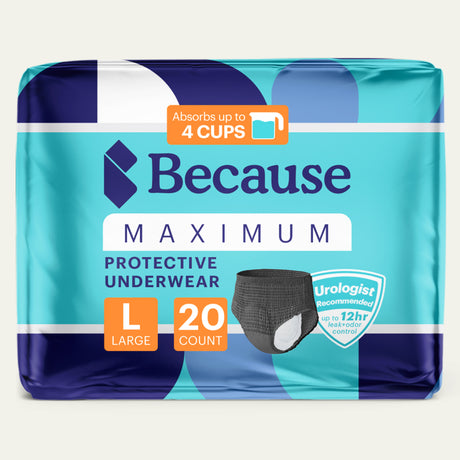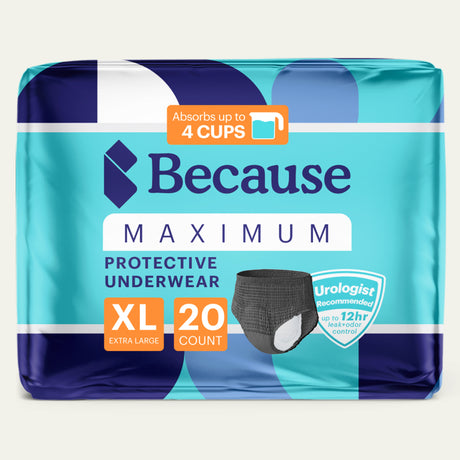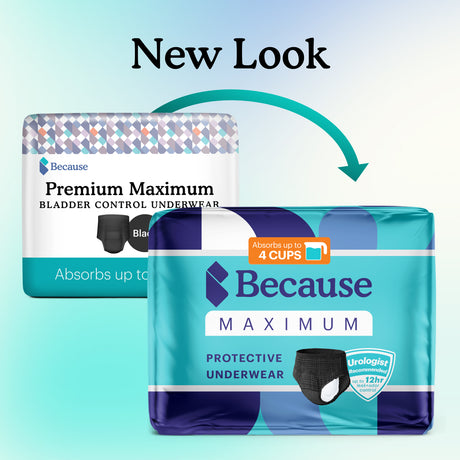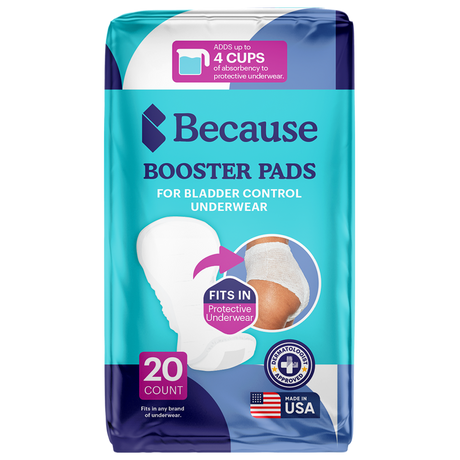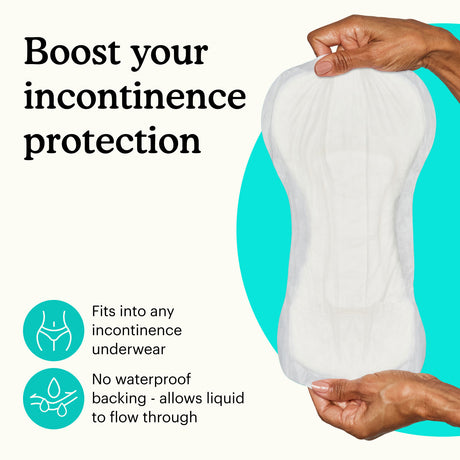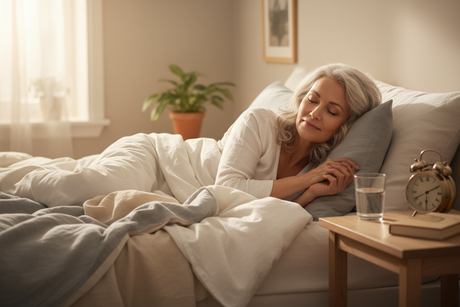Incontinence is a common problem among older adults. As many as 50% of all adult women and up to 75% of women over the age of 65 deal with urinary incontinence, and 11 to 34% of all men have problems with bladder leaks, urgency, and frequency. If you’re one of the millions living with leaks, incontinence products can help you enjoy a normal life without worrying about accidents. The key is choosing the right adult incontinence supplies for you and using them correctly. This blog will cover how to wear adult diapers with confidence and ease as well as how to efficiently change an adult diaper on someone else.
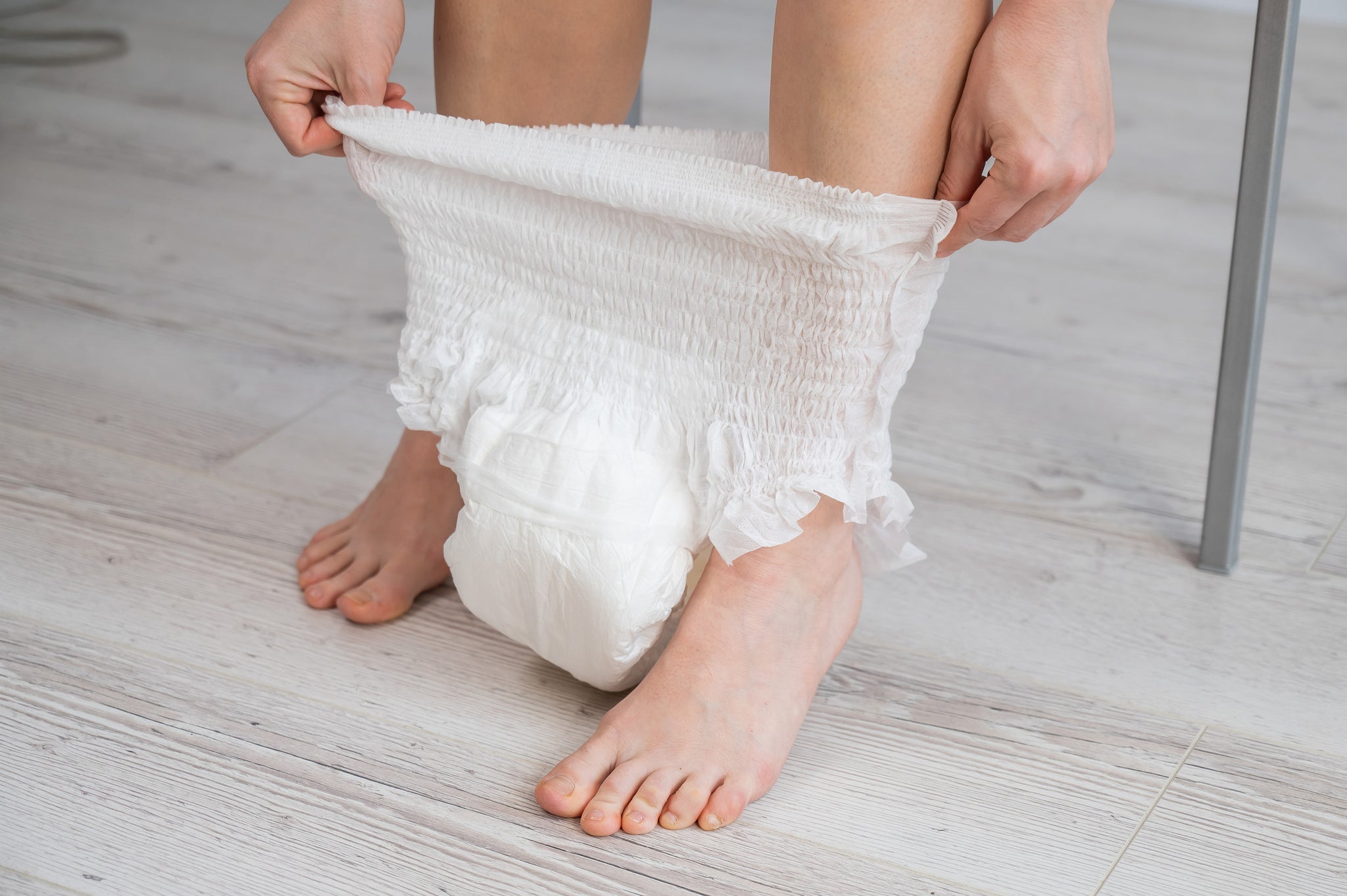
How to Wear an Adult Diaper with Confidence
Although incontinence is nothing to be ashamed of, many people don’t want others to know about their medical condition. Unfortunately, some adult diapers and incontinence underwear products draw attention to the problem with a bulky fit that shows through clothing or makes crinkling sounds when you move.
The key to wearing adult diapers is to opt for products that feel and look more like underwear. Often, these products are pull-ups that the wearer steps into and slips up over their legs to their waist — just like regular underwear.
Unlike plastic adult diapers, adult pull-ups or briefs are made from a cloth-like material. They stretch to conform to the shape of your body, making them less visible under clothing. The breathability of the material also increases comfort. Plus, fabric-like undergarments are less likely to make rustling sounds. Switching from diapers to incontinence underwear is one of the best ways to keep your protection discreet.
Finally, booster pads add additional protection and absorbency to any brand or type of adult diaper or incontinence underwear.
Choosing the right product for your needs will boost your confidence while reducing worries about bladder leakage. Here are some tips for wearing adult diapers discreetly.
Finding the Right Style and Fit
Most manufacturers offer a range of diapers with different size options. To select the best adult diapers, consider which style you prefer: traditional or pull-ups. Then, focus on products for men or products for women, depending on your sex.
Finally, select the size option that’s right for you. Brands develop their sizing systems, so it’s a good idea to refer to their adult diaper size charts to determine which to buy.
At Because, we size our products based on body measurements. If you’re a woman, measure around the widest part of your body — typically your hips. For men, measure the waist just above your belt.
Use a flexible measuring tape and pull until slightly snug but not so tight that it cuts into your body. Having a friend or family member help you can make the process easier. If you don’t have a flexible measuring tape, cut a length of string or yarn to length and then measure it with a tape measure or yardstick.
Wearing the wrong size can cause a number of issues. Here are a few signs you might be wearing incontinence underwear that doesn’t fit:
- Leaks
- Rubbing or chafing along the edges
- Pain or squeezing discomfort
- Restriction of blood flow that makes your skin red around the underwear
- Extra material showing through your underwear
Choosing the Right Absorbency
Absorbency is the final piece of the puzzle when selecting incontinence underwear. Brands typically offer different levels of absorbency.
The best absorbency level for you depends on your type of incontinence, the severity of your symptoms, and other factors (like limited mobility). For example, a person with stress incontinence due to weak pelvic floor muscles who experiences occasional light leaks should choose products with moderate absorbency levels. Someone who has fecal incontinence or experiences complete bladder control loss due to multiple sclerosis or another medical condition will likely need maximum incontinence protection or overnight incontinence protection.
Your medical provider can provide information about how much urine leakage you may experience in terms of volume. Look for incontinence protection products with an adequate absorbency level.
Hygiene and Odor Control
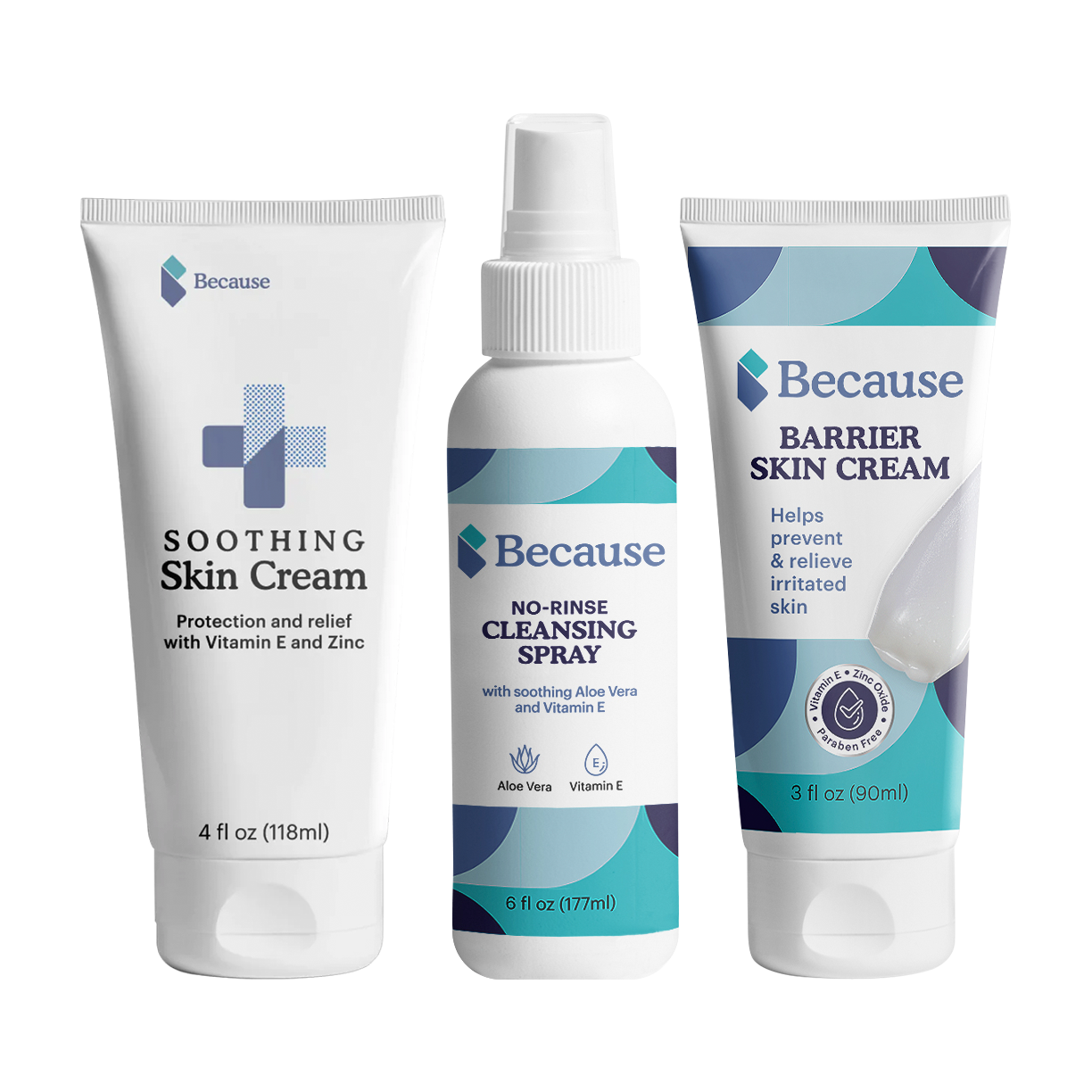
Practicing good hygiene can keep you smelling fresh while reducing the risk of urinary tract infection or other infections. Here are some hygiene tips for wearing adult diapers:
- Wash your hands before and after you change your protection.
- Wear gloves if you have bowel incontinence and are changing your diapers or if you’re a caregiver changing someone else’s diaper.
- Remove a diaper that’s wet or soiled as soon as you can to control incontinence odors. While you may not always be in a situation where you can immediately put on a fresh adult diaper, change it as promptly as possible.
- Cleanse your skin thoroughly before you put on fresh incontinence protection. You can use mild soap and warm water, a no-rinse spray, or cleansing wipes.
- Apply a barrier cream to your private area to protect your skin from diaper rash caused by exposure to urine or feces.
- Use a soothing skin cream as needed to address irritation or dry skin.
Preventing Leaks
To prevent leaks while using incontinence protection, follow these tips for wearing adult diapers:
- Go up or down a size. A well-fitting adult diaper can go a long way toward stopping leaks.
- Change your incontinence protection immediately after experiencing an accident or urine leakage.
- Try the next highest absorbency level.
- Keep a leak diary detailing what activities you were doing when leaks occurred. You may need to wear a higher level of absorbency or an adult diaper instead of a pad when exercising or performing other physical tasks.
- Use booster pads. A booster pad is similar to an incontinence pad minus the waterproof backing and provides an extra layer of absorbent protection.
Avoiding Accidents at Night
Many people find that incontinence problems worsen at night. Wearing overnight incontinence underwear for men’s incontinence or women’s incontinence can reduce the risk of leaks due to the highly absorbent materials and special design. You can add a booster pad to increase absorbency further. Bed protectors also help keep your mattress dry if an accident happens.
Your habits can also have a positive impact on nighttime accidents. Avoid drinking fluids close to bedtime and empty your bladder before sleeping. Don’t drink alcohol in the evening, as it can irritate the bladder and increase the risk of urinary urgency.
Disposing of Bladder Control Products in Public
Disposing of bladder control products can help maintain sanitary conditions and your privacy. If you’re using pads or guards, place the wet product inside the wrapper of a fresh one and toss it in the trash. For a wet or soiled diaper, use an incontinence-specific disposal bag.
How to Put an Adult Diaper on Yourself
How to put on adult diapers correctly depends on their design. For adult pull-ups, follow these steps:
- Remove the incontinence underwear from the packaging.
- Unfold the underwear as needed.
- Position the underwear so that the front is facing the front and the back is facing the rear. Some adult pull-up diapers have a marking to differentiate the front from the back.
- Lift one leg and step through the pull-up through the leg hole. You can do this sitting down or have a caregiver assist you.
- Put your other leg through the other leg hole.
- Grip the top of the pull-up in the front and then gently pull upward as if you were putting on underwear.
To put on an adult diaper that comes flat like a baby’s diaper, follow this step-by-step guide:
- Remove the diaper from the packaging.
- Open up the adult diaper.
- Gently fold the diaper along the length, so the back sheet or exterior faces out. You don’t want a crease, just a gentle fold.
- Place the diaper between your legs, with the front facing forward and the back facing behind you.
- Raise the adult diaper and move it comfortably by pulling on the bottom edges and positioning the top around your waist.
- Take the adhesive backing off of the tape tabs.
- Attach the tape tabs on the front to the rear portion of the adult diaper. You want a snug fit, but don't pull too tight.
- Press the tape into place to ensure a secure fit.
- Adjust the edges of the adult diaper around your legs. If the edges are cutting into your skin and causing discomfort, the adult diaper may be too tight.
Whether you're putting on a pull-up or securing an adult diaper, avoid touching the inside as this could cause contamination and pose an infection risk.
How to Change an Adult Diaper on Someone Else
Changing an adult diaper for someone else is a process that requires care, patience, and respect for the individual's dignity. To begin, ensure the person is in a comfortable position, usually lying flat on their back, and gather all necessary supplies, such as a clean diaper, disposable gloves, wipes, and a barrier cream if needed.
First, put on gloves to maintain hygiene and gently undo the used diaper’s tabs or fasteners. Carefully lift the person’s hips by guiding them to roll to their side, and remove the soiled diaper, folding it inward to contain any waste. Use wipes to clean the area thoroughly, always wiping from front to back to prevent infection, particularly in females. Apply a barrier cream if required to protect against irritation.
Next, slide a clean diaper under the individual by having them roll again, position it properly, and fasten the tabs securely, ensuring it’s snug but not too tight. Once done, dispose of the used diaper and wipes properly, and wash your hands thoroughly. Always communicate with the person throughout the process to ensure their comfort and involvement in the care routine.
How to Wear Female and Male Incontinence Pads
Incontinence pads provide an alternative to adult diapers and incontinence underwear. You can wear this type of incontinence protection inside your regular underwear, so it’s typically very discreet. Although different brands offer a variety of products, most have different options for men and women. Women’s incontinence pads look similar to maxi pads and go along the crotch area of underpants.
Men's incontinence pads or guards go toward the front of undergarments, where men are more likely to experience leaks. They have a flared shape with one wider end and one narrower end. To learn how to wear men’s incontinence pads, follow these steps:
- Remove the pad from the wrapper as needed.
- Peel off the backing to reveal the adhesive strip.
- Position the guard so the wide end points up and the adhesive strip faces your underwear.
- Press the pad in front of your underwear, ensuring all sides stick to the fabric.
- Pull up your underwear.
For more information on how adult diapers are made and how they work, check out this blog!
Can’t find the right bladder protection product for you? Try our sample pack, a $14 value, for just $2.99 today!



